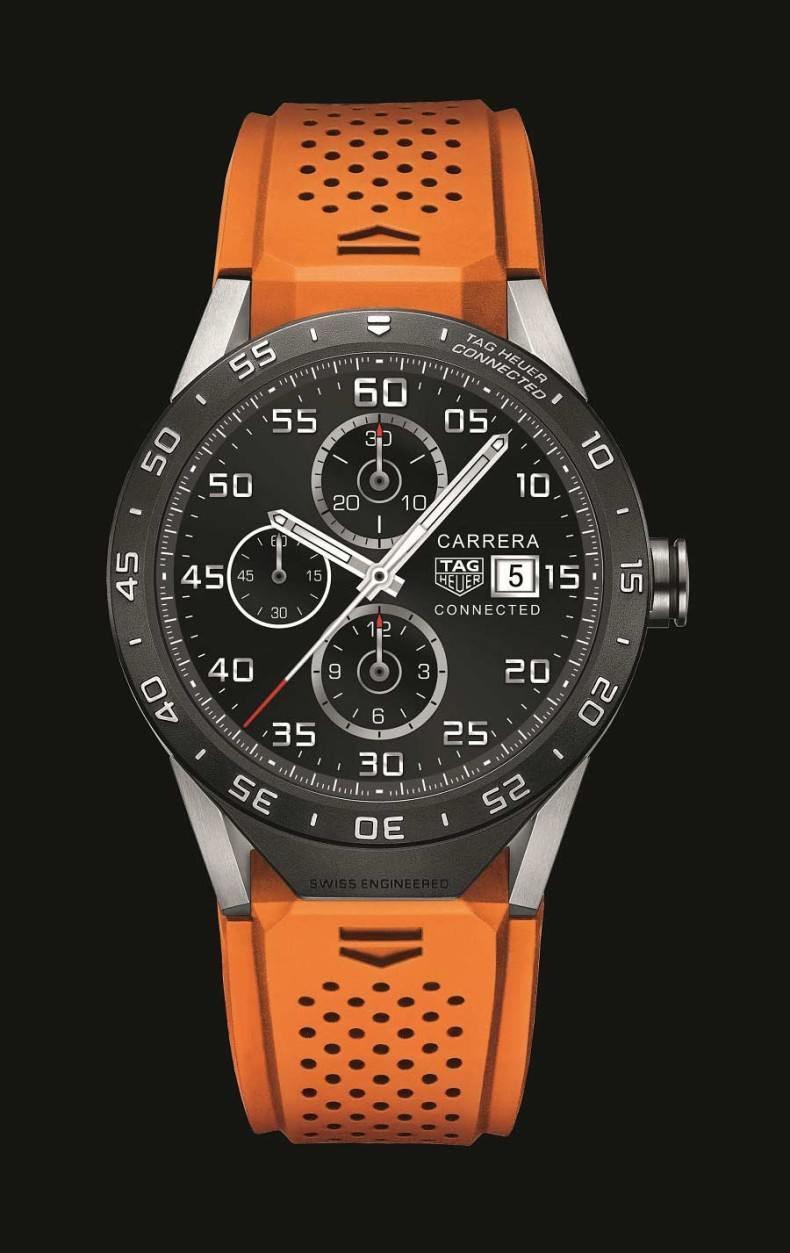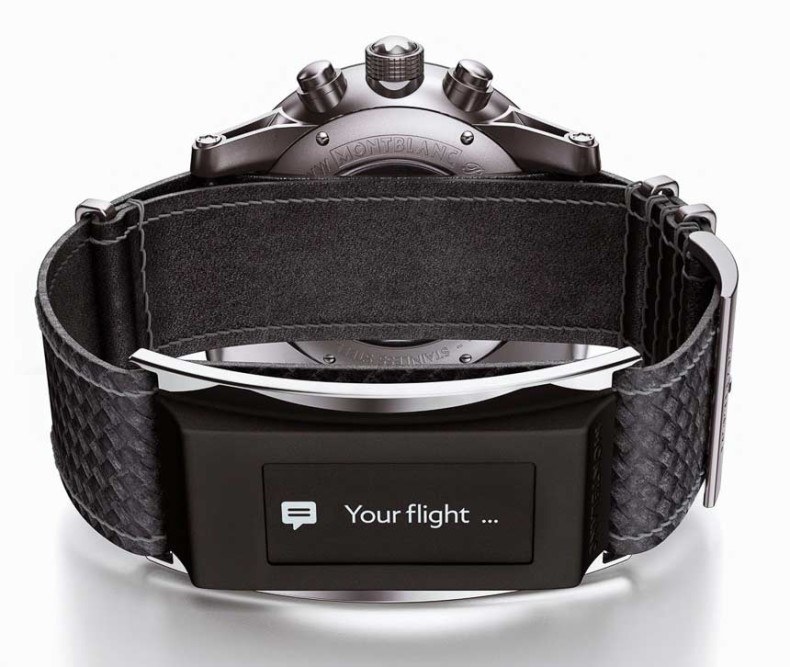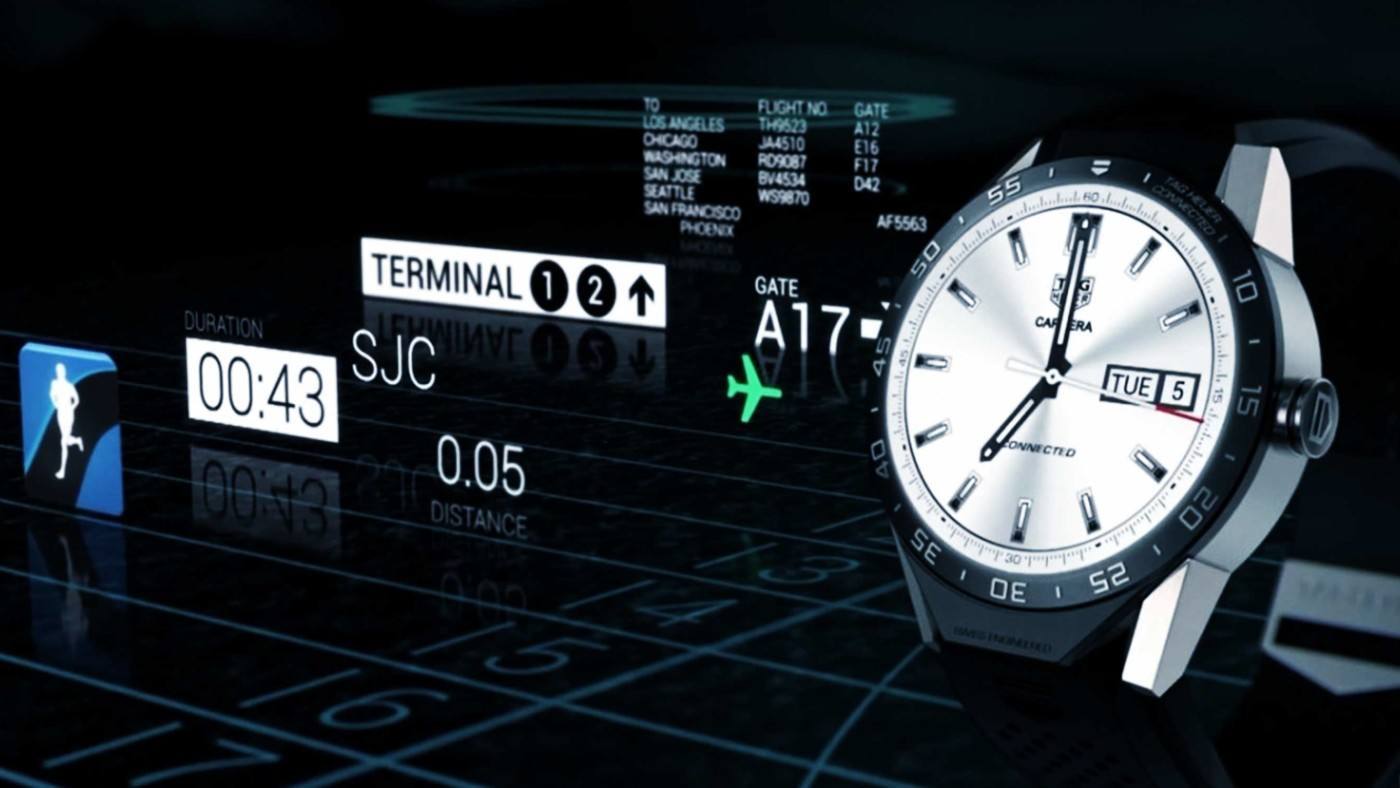I have a friend (let’s call him Dave) whose girlfriend regards his entire life as a blank page, something for her to write on. Jenny (let’s call her Jenny) likes to make sure Dave eats the right stuff, stays within his recommended weekly alcohol intake and takes the right amount of exercise.
Dave is also kept on a tight leash these days. Jenny likes to know where he is (and where he’s been) and Dave is quickly in trouble if he’s not contactable at all times.
Why Dave is so keen on Jenny is a puzzle to many of us, but who are we to sit in judgement?
You might ask why CapX’s watch guy is blithering on about Jenny and Dave?
Well because the more I gathered my thoughts for an article on “smart watches”, undeniably one of the big things in the world of timepieces at the moment, the harder I found it to get Jenny out of my mind.
Like Jenny, most smart watches spend a lot of their time checking on what you’re doing and then telling you whether you’ve done it right. The cleverer ones take the variables out of this by simply telling you what to do in the first place. And of course they represent a portal through which lots of other people can get your attention wherever you are too, be it your boss, or indeed your Jenny.
But the smart watch is really Jenny +, because it can also tell lots of other people where you are and what you’re doing, be that the people who made it, or their commercial partners (or, the tin foil hat brigade would contend, the more shadowy arms of governments).
Many can track your sleep patterns, tell you which way to walk to where you’re going and, presumably, in a few years be able to flash up messages saying things like “You’re not going out dressed like THAT!?” or “I should have listened to my mother!”
Yet however puzzling I find people’s wish to pay large sums to add an electronic nag (or indeed tag, if the conspiracy theorists are right) to their bodies, I am clearly behind the zeitgeist because people do; and in increasing numbers. After a slow start, the smart watch is having its moment.
Apple’s refreshed marketing campaign seems to have boosted sales of its Apple Watch after far lower than expected initial sales, and many others have launched their own smart timepieces in order to get a slice of the growing pie (both new-tech competitors to Apple, such as Samsung, and traditional European watchmakers, of which more in a moment).
It’s a huge pie too. If you have any interest in watches you’ll almost certainly have seen recent news stories that smartwatches out-sold Swiss watches for the first time ever in the three months to December 2015 – (8.1 million units to 7.9 million according to a report by the firm Strategy Analytics). Those figures are open to debate but there’s no doubt smart watches are selling and selling big – the tech site CNET estimates smart watch sales could hit $11.5 billion this year.
According to Jack Forster in an excellent article on the Hoodinkee website, the Swiss are still cleaning up on value though, with 22.5 billion Swiss Francs worth of exports last year (that’s exports, so you can probably about double the retail value, which is what the CNET figure for smart watches represents).
There are plenty of arguments between watchies about the Apple Watch (and its new skool competitors) and we won’t rehash those here. What we will do it look at how some traditional watchmakers have chosen to incorporate smart functionality in to classical designs in an attempt to provide the best of both worlds.
The first of these I laid hands on was TAG Heuer’s “Connected Watch”, at the Salon QP exhibition in London last year.

TAG’s innovative solution to the difficulty of mixing the aesthetic of a mechanical Carrera with a digital platform (I can barely make myself describe a watch as a “platform” but I’m gritting my teeth) was to make the entire face digital, but have it present one of a number of traditional Carrera faces. It’s very convincing too, although at 46mm it’s very slightly larger than most of the mechanicals it apes. Grade 2 titanium is used in case and lug construction to offset weight issues.
TAG teamed up with Intel and Google in the development of the Connected, giving access to numerous apps via hardware running suitably up to date Android or iOS software.
What that means in practical terms is the watch can use both Bluetooth and Wi-Fi to support streaming audio as well as accessing a range of wearable tech apps such as Google Maps, Google Fit and of course Google Search. A number of other applications related to sports are also available.
Initial interface with these apps and functions comes through the “sub dial” windows but any can be enlarged to full face with a tap.
But there’s no doubt that the most significant thing about TAG’s first smart watch offering is not what it does, but how it’s bought.
The watch costs £1,100 but if, at the end of your two-year warranty period, you decide the smart watch is more fad than future you can trade it in with a TAG dealer for an equivalent mechanical Carrera for another £1,100. TAG says this deal reflects the fact that tech is changing so fast a smart watch bought today could easily be obsolete in two years’ time (something it is highly critical about with regard to Apple’s watch offering).
Another Swiss maker, Frederique Constant, has driven home the point that their offering is a bit less “new money” than an Apple Watch fairly bluntly, by calling it the “Horological Smartwatch”. That’s cleared that up then.

Constant’s offering (around £950 in the UK) is more watch than smart compared to TAG’s but it can connect to your iPhone or Android device and can track your sleep patterns and physical activity and measure them against the “goals” you have set yourself. If you are the sort of person who likes to set themselves daily goals I imagine this would appeal, although I have no concept of how your mind works so I can’t be sure.
Further up the scale Montblanc has approached the smart conundrum entirely differently, and I rather approve of their solution. Rather than corrupt one of their lovely timepieces they have added the connected capability to the strap, rather than the watch.

The “e-Strap” feels to me rather like the way a Saville Row tailor would deal with a customer asking how the suit in question would look with trainers. There’s a barely disguised element of “if you must Sir” here, but it comes over rather well.
The e-Strap uses low-energy Bluetooth to connect with your smart phone and displays functions on the inside of your wrist. There’s an activity tracker, smart notifications, remote controls and Find-Me function.
A little vibration might alert you to an incoming email, text or social media update which is then displayed on the e-Strap where you can deal with it. You can also use your strap to run fitness apps, control music playing on your phone and, I think most usefully, control your phone’s camera giving a great remote control option.
It’s classically Montblanc, all the functionality but hidden away subtly out of view behind a more classical watch (in fact any one of three watches, all automatics from Montblanc’s “TimeWalker” collection, which can accommodate the e-Strap). On a TimeWalker Urban Speed Chrono this will set you back £3,660.
Of all the options we’ve explored this is the one which appeals to me the most, but then that’s because it’s the only one in which the watch is left unsullied by digital tech.
I’d be interested to know what CapX readers think. Do smart watches appeal to you? Am I a dinosaur?
I may well be a fuddy-duddy about these things, as I’m sure some of you will tell me, but adding yet more tech, more connectivity, more faff and more intrusion to my life simply doesn’t appeal, especially if it comes at the expense of wearing a beautiful little machine the design of which has been giving people simple pleasures for more than 400 years.
My guess is in another 400 it still will be, long after Jenny is gone (sorry Dave).


